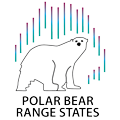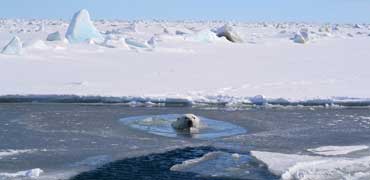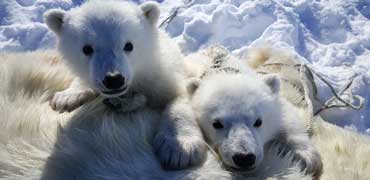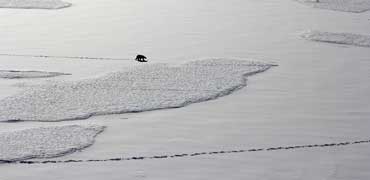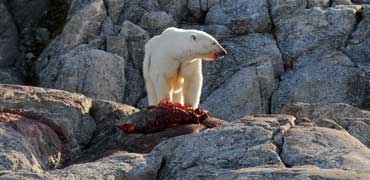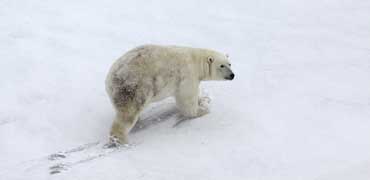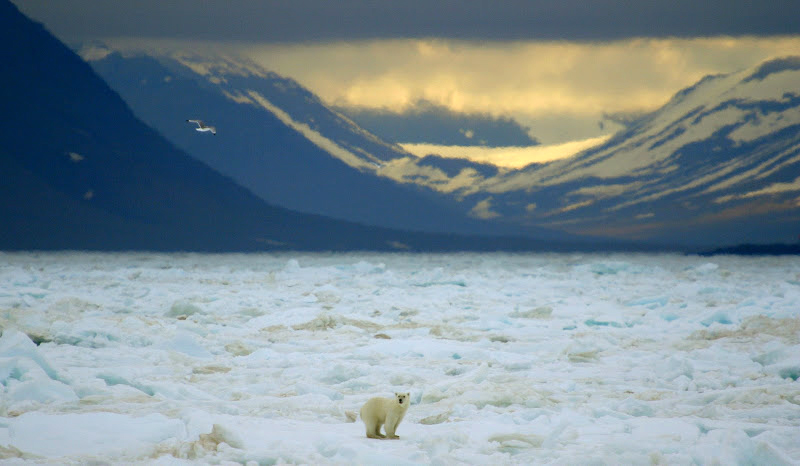 Photo credit: Morten EkkerPolar bears occur throughout the circumpolar region but are not evenly distributed and do not constitute a single nomadic population. Rather, they occur in 19 relatively discrete subpopulations (geographic areas defined by the IUCN/SSC PBSG with the recently amended Northern Beaufort/Southern Beaufort population boundary; Figure 1). Subpopulation boundaries are defined according to the best available scientific information and Traditional Ecological Knowledge (TEK) related to the movements and genetics of polar bears, as well as management considerations. Several of these subpopulations are data deficient, meaning that there is not enough information available to determine population trends. Based on subpopulation estimates, and presumed densities in areas where numbers are unknown, as of 2015 the IUCN/SSC PBSG estimates that there are approximately 22,000–31,000 polar bears across the Arctic. The current range covered by these subpopulations represents a total land and marine area of approximately 23 million km2. The distribution of polar bears is influenced by the type and distribution of sea ice, as well as the distribution and abundance of prey. Typically, bears spend the majority of their time over productive waters associated with the continental shelf.
Photo credit: Morten EkkerPolar bears occur throughout the circumpolar region but are not evenly distributed and do not constitute a single nomadic population. Rather, they occur in 19 relatively discrete subpopulations (geographic areas defined by the IUCN/SSC PBSG with the recently amended Northern Beaufort/Southern Beaufort population boundary; Figure 1). Subpopulation boundaries are defined according to the best available scientific information and Traditional Ecological Knowledge (TEK) related to the movements and genetics of polar bears, as well as management considerations. Several of these subpopulations are data deficient, meaning that there is not enough information available to determine population trends. Based on subpopulation estimates, and presumed densities in areas where numbers are unknown, as of 2015 the IUCN/SSC PBSG estimates that there are approximately 22,000–31,000 polar bears across the Arctic. The current range covered by these subpopulations represents a total land and marine area of approximately 23 million km2. The distribution of polar bears is influenced by the type and distribution of sea ice, as well as the distribution and abundance of prey. Typically, bears spend the majority of their time over productive waters associated with the continental shelf.
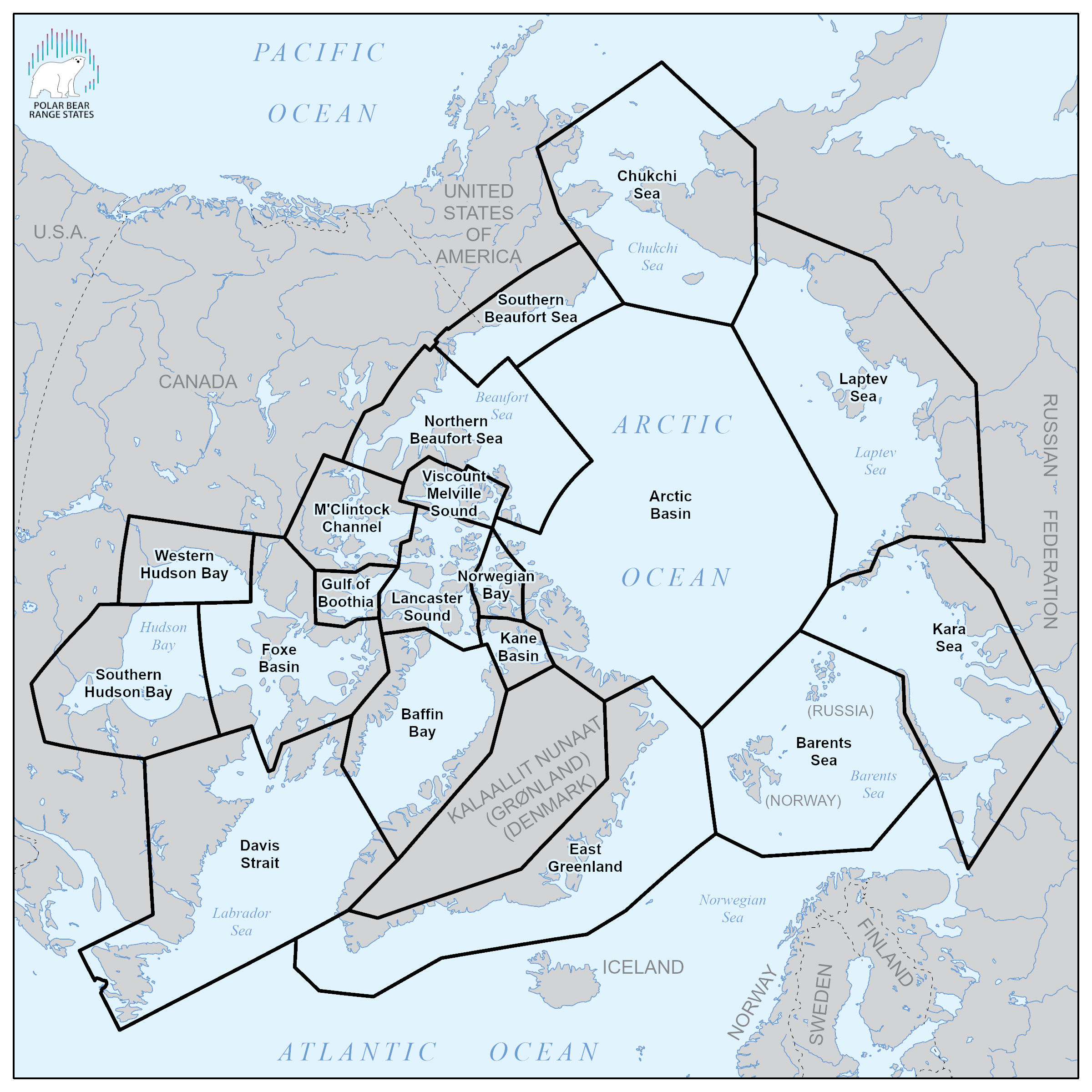 Polar bear subpopulation boundaries, as of July 2015
Polar bear subpopulation boundaries, as of July 2015
Population Trends and Status by Subpopulation
Determinations of population status and trends for all 19 circumpolar subpopulations are made by the IUCN/SSC PBSG on an annual basis. The polar bear has been classified as Vulnerable on the IUCN Red List of Threatened Species since 1982. For the latest population estimates, please visit the IUCN/SSC Polar Bear Specialist Group website.
In Canada, the Polar Bear Technical Committee assesses the status of the 13 Canadian subpopulations, also on an annual basis.
Source: Circumpolar Action Plan
